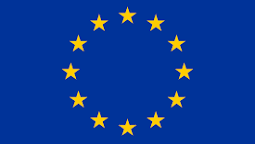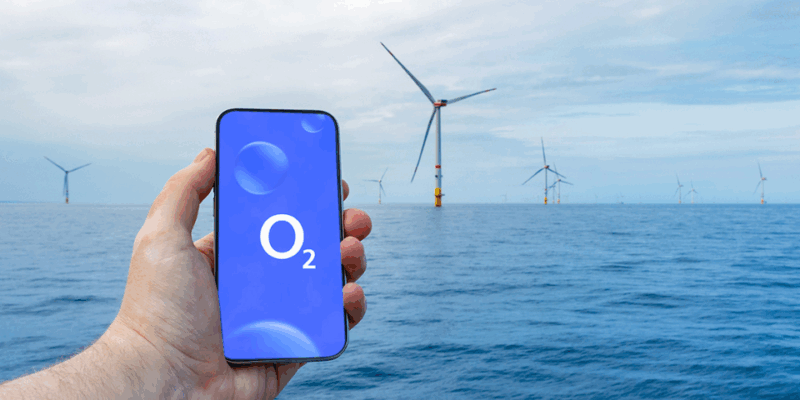O2 Telefónica has taken a major step towards sustainability by securing over half of its electricity from wind farms located in the North Sea and Baltic Sea. This transition means that both individuals and businesses using the O2 mobile network are now likely to be benefiting from renewable electricity sourced directly from the German coastline. Through two significant power purchase agreements (PPAs), the company is able to supply green energy to the majority of its more than 28,000 mobile sites, making a decisive move towards climate responsibility.
According to CEO Markus Haas, sourcing electricity from regional wind power demonstrates the compatibility of digitalisation and environmental stewardship in Germany. As network technology represents the largest share of O2 Telefónica’s energy consumption, these electricity contracts are central to the company’s ambition of reaching net zero emissions by 2040. The agreements not only provide a cleaner energy supply but also support the wider adoption of renewable infrastructure.
From July 2025, O2 Telefónica will begin receiving green wind power from the Baltic Eagle offshore wind farm, operated by Iberdrola Deutschland off the coast of Rügen, as part of a 15-year contract delivering 200,000 megawatt hours annually. Since January 2025, the company has also been supplied by the Amrumbank West wind farm in the North Sea, securing a further 350,000 megawatt hours each year under an eleven-year arrangement with RWE. Collectively, these deals allow O2 Telefónica to cover around 60 percent of its network’s electricity requirements in a climate-neutral way, while also helping to drive the energy transition in Germany by providing long-term commercial certainty for renewable suppliers.
O2 Telefónica’s commitment to sustainability is further reflected in its network operations and management. With more than 34 million users and a rapidly growing data volume, handling about 45 percent of Germany’s mobile data traffic, the company continues to expand its infrastructure, including new 5G sites and increased network capacity. Nearly all of O2 Telefónica’s energy demand comes from network technology, a challenge it meets through efficient energy contracts and the use of artificial intelligence. AI systems, centrally managed in the cloud, automatically place certain frequency bands into standby during quieter periods, reducing electricity consumption by up to ten percent. All these measures form part of O2 Telefónica’s broader goal to become net zero by 2040, highlighting the company’s dedication to sustainable progress in the telecommunications sector.


 Europe
Europe








